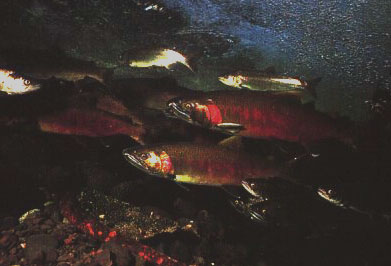
Pacific Salmon Species are in peril.
Species of Pacific salmon
The life cycle understanding of salmon means that one sees the links among rivers, forests, beaches and the ocean.
Salmon migrate from the rivers to the oceans and back again.
 Pictures of the salmon species.
Pictures of the salmon species.![]()
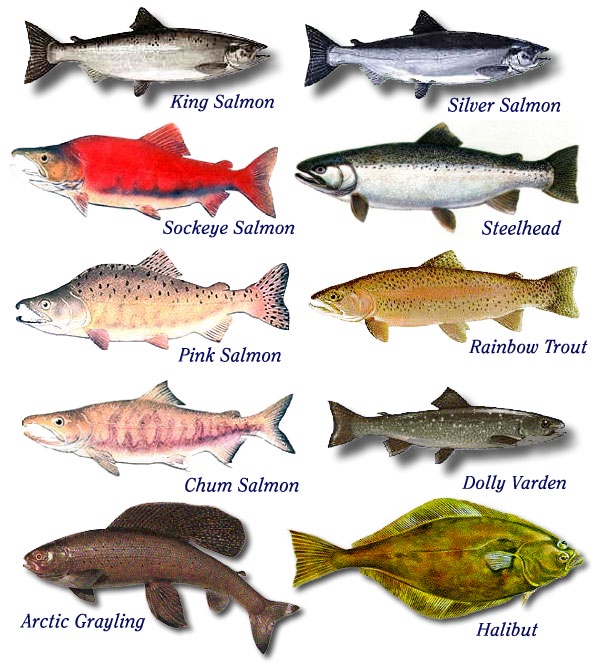
1. The Chinook salmon, also known as King Salmon, is a species of anadromous fish in the salmon family. An anadromous fish regularly lives in the sea, but will migrate to freshwater to breed.
The white Chinook salmon are much larger than the red Chinooks, averaging 30-40lbs, with fish up to 60+pounds available. Chinook salmon may spend between one to eight years in the ocean before returning to their home rivers to spawn, though the average is three to four years. Chinook prefer larger and deeper water to spawn in than other species of salmon and can be found on the spawning area from September through to December.
Chinook salmon range from San Francisco Bay in California to north of the Bering Strait in Alaska and the arctic waters of Canada and Russia. Populations occur in Asia as far south as the islands of Japan. Adult fish average 33 to 36 inches (840 to 910 mm), but may be up to 58 inches (1.47 metres) in length; they average 10 to 50 pounds (5 to 25 kg), but may reach 130 pounds (50 kg). It is a Pacific Ocean salmon, but has been introduced to many other bodies of water throughout the world, including the Great Lakes.
Chinook salmon may spend between one to eight years in the ocean before returning to their home rivers to spawn, though the average is three to four years. Chinook prefer larger and deeper water to spawn in than other species of salmon and can be found on the spawning area from September through to December. Young fish usually stay in freshwater from twelve to eighteen months before traveling downstream to estuaries, where they remain for several months.
2. Chum salmon typically spawn in coastal rivers. Only the Yukon River in North America and the Amur River in Russia have chum populations that are long-distance travelers. These fish can migrate over two thousand miles to their spawning streams.
3. Coho salmon -- called silver salmon-- were once prevalent in coastal streams from Monterey Bay to Alaska. In the 1940s, California had an estimated 500,000 Coho salmon, a number which has plummeted to one percent or about 5,000 fish today.
The coho salmon is one of seven species of Pacific salmon belonging to the genus Oncorhynchus. These are large salmon, with spawning adults typically attaining 55-70 cm FL and weighing 3-6 kg. For the most part, coho salmon's life cycle takes three years. They normally spend their first year in fresh water and their next two years in salt water prior to returning to spawn in their natal streams. Some males, called "jacks", return to spawn after only one season in the ocean. The average weight of the Silver/Coho salmon can range from 8 to 15 pounds..
4. The Pink Salmon are the smallest of the Pacific salmon species. The pink salmon, Oncorhynchus gorbuscha,is the smallest and most abundant of the Pacific salmon. It also has the shortest lifespan of all the Pacific salmon, and spends the least amount of time in fresh water. Pink salmon can reach a length of 30 inches and a weight of up to 14 pounds, but a body weight between 2 – 7 pounds is more typical; averaging 4-6 pounds Pink salmon may spawn anytime from June to late September depending on location and distance from salt water. Most populations spawn in coastal streams, but some pinks travel over 136 miles up the Yukon and Kuskokwim Rivers. The female prepares a redd and deposits between 800 – 2,000 eggs that are fertilized by the male. The young hatch out from late December through February.
The range of the pink salmon extends from La Jolla, California north to the Arctic Ocean, east to the Mackenzie River Delta, and west across Siberia to the Lena River. In the western Pacific Ocean, pink salmon can be found as far south as Korea and Kyushu, Japan.
5. These Sockeye salmon fish have a reputation for being hard fighters they are also highly regarded for their rich and flavorful meat. Many consider sockeye salmon to be the best tasting of all the pacific salmon species.
The name sockeye comes from a poor attempt to translate the word suk-kegh from British Columbia's native Coast Salish language. Suk-kegh means red fish. The sockeye, also called red or blueback salmon, is among the smaller of the seven Pacific salmon species, but their succulent, bright-orange meat is prized above all others. They range in size from 24 to 33 inches (60 to 84 centimeters) in length and weigh between 5 and 15 pounds (2.3 to 7 kilograms).
Like all other Pacific salmon, they are born in fresh water. However, sockeye salmon require a lake nearby to rear in. Once hatched, juvenile sockeyes will stay in their natal habitat for up to three years, more than any other salmon. They then journey out to sea, where they grow rapidly, feeding mainly on zooplankton. They stay in the ocean for one to four years.
6. The Rainbow trout is a sport fish known for its aggressive strikes and fierce fights. It is often a favorite of fly fishermen. The average length of the Rainbow is between 12-24 inches. They are members of the salmon family and, like their salmon cousins, can grow quite large. They average about 20 to 30 inches (51 to 76 centimeters) long and around 8 pounds (3.6 kilograms), but can grow as long as 4 feet (1.2 meters) and weigh up to 53 pounds (24 kg).
They prefer cool, clear rivers, streams, and lakes, though some will leave their freshwater homes and follow a river out to the sea. These migratory adults, called steelhead trout because they acquire more silvery markings, will spend several years in the ocean, but must return to the stream of their birth to spawn.
Rainbow trout survive on insects, crustaceans, and small fish.
Cutthroat trout (Oncorhynchus clarki) is considered to be the first species to diverge from the ancestral Oncorhynchus lineage. It includes eight recognized subspecies, plus several other potential ones that have not been formally described.
The different subspecies of O clarki are highly divergent, especially on a biochemical level. Some systematists have suggested that it may be appropriate to split the current species into three or four species. Should this split occur, each of the Oregon subspecies could be placed in a different species. Each subspecies is treated separately in the following status review.
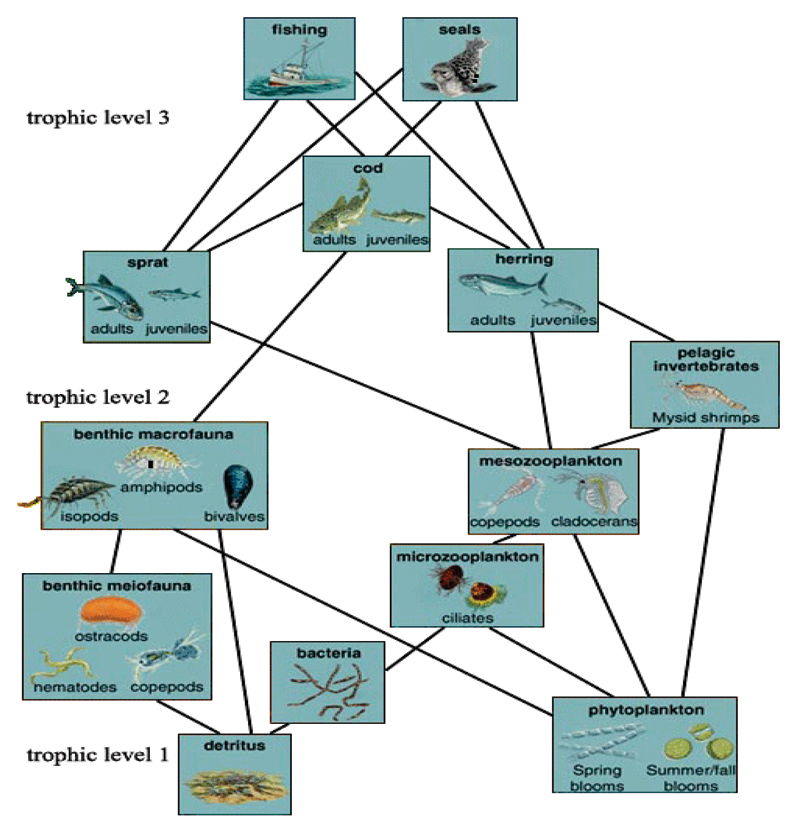
Sand lance are important food for young salmon; 35% of juvenile salmon diets are composed of sand lance. Juvenile chinook salmon depend on sand lance for 60% of their diet.
Minke whales, other marine mammals, and many species of seabirds also prey on sand lance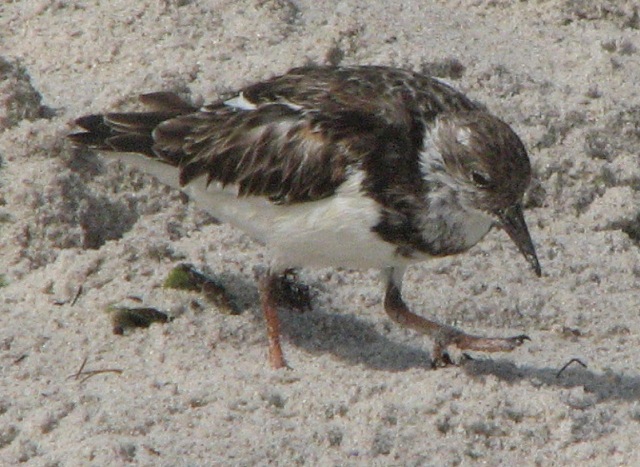 .
.
Sand Lance spawning beaches extend 140 miles of exposed shoreline.
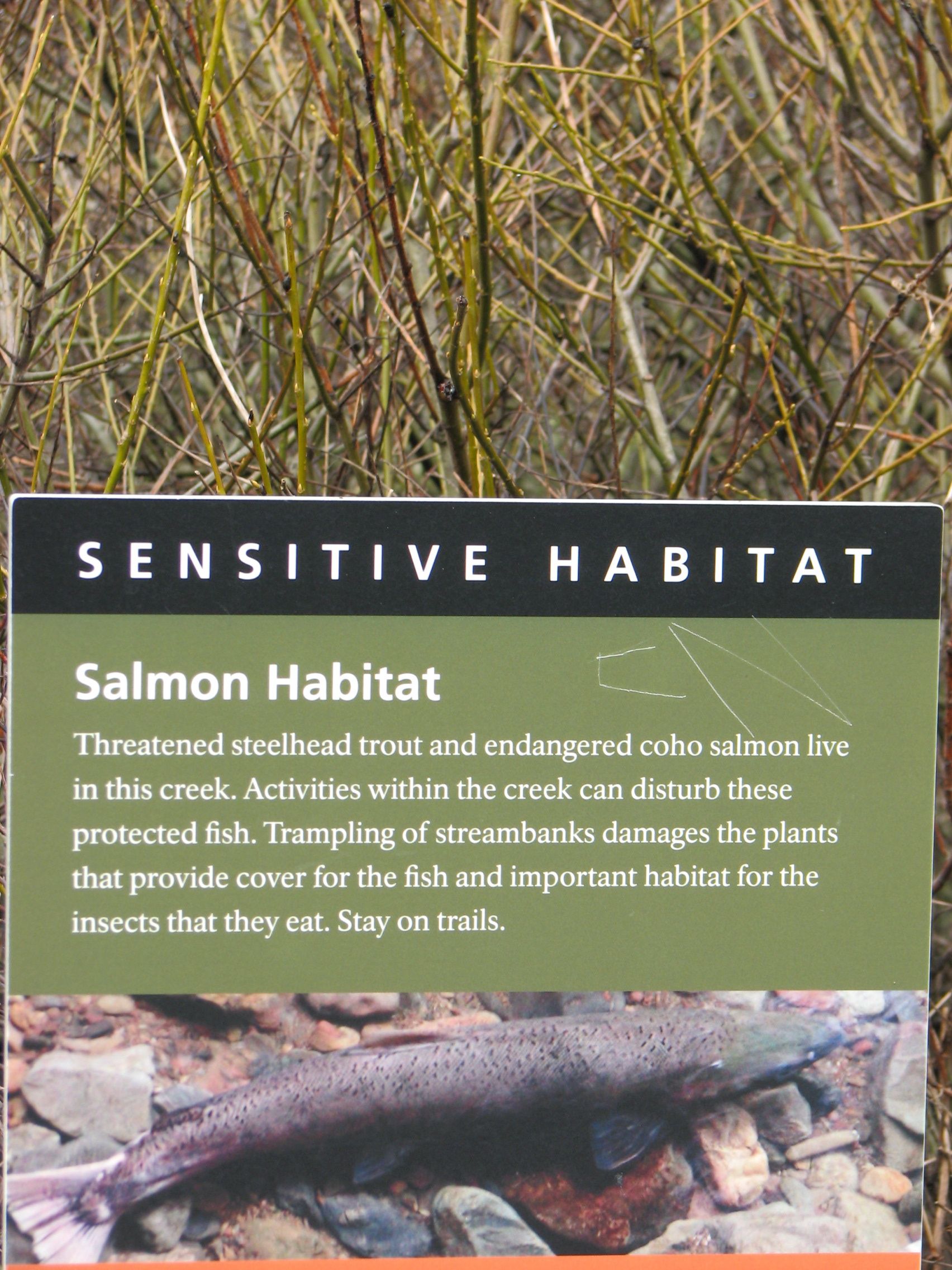
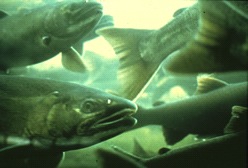
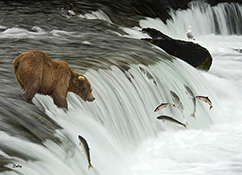
![]()
National Geographic asks
![]()